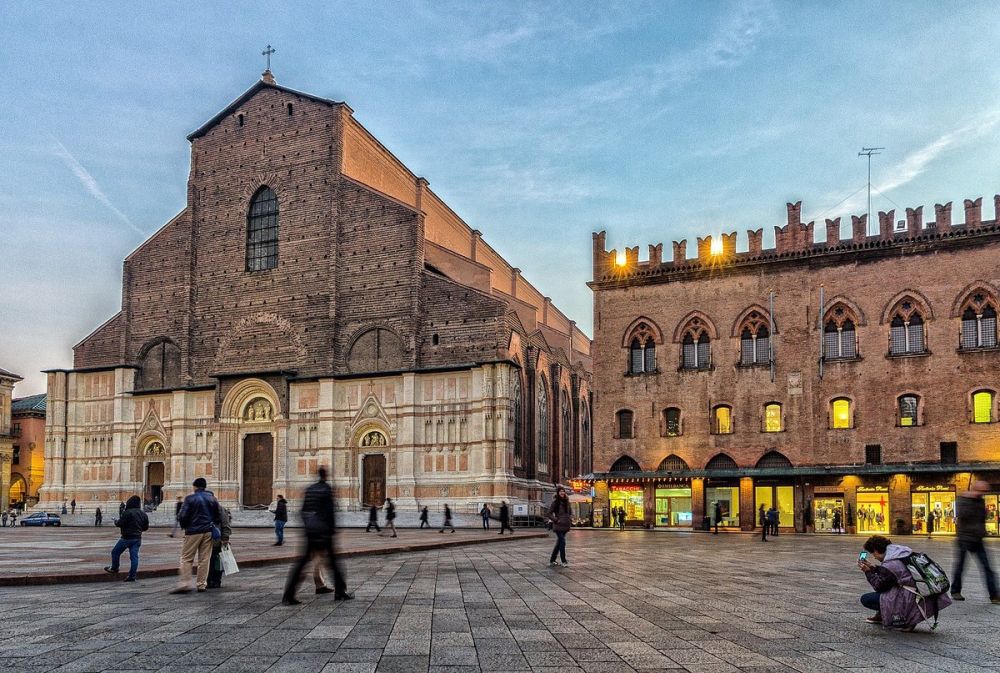

The Basilica di San Petronio is one of the most significant religious monuments located in Bologna, Italy. Dedicated to the patron saint of the city, Saint Petronius, who was the bishop of Bologna in the 5th century, the basilica is a masterpiece of Gothic architecture. Over the years, it has become not only a place of spiritual importance but also a locus for tourists fascinated by its history, artistic value, and cultural significance.
Construction of the Basilica began in 1390 and was intended to be larger than St. Peter's Basilica in Rome. However, the papacy intervened, and plans were reduced. Despite this, the Basilica di San Petronio remains one of the largest churches in the world, and it looms large over Bologna's main square, Piazza Maggiore. The church boasts several chapels adorned with artworks by prominent Renaissance artists. Bologna’s rich history of fostering the arts can be seen in the basilica’s fine decorations and detailed sculptures.
Tourists flock to the Basilica di San Petronio to witness its architectural grandeur, which includes 22 chapels, a majestic façade, and the longest indoor meridian line designed by the astronomer Giovanni Domenico Cassini in 1655. The historical significance of the meridian line lies in its use for astronomical observations and determining the calendar dates for Easter.
Tourism has played a vital role in the economy of Bologna, with the Basilica di San Petronio being a major draw. The city's preservation of cultural heritage sites like this basilica ensures a steady influx of history enthusiasts and art lovers. Visitors contribute to the local economy by spending on guided tours, museum fees, local crafts, and regional gastronomy.
In recent years, sustainable tourism has seen a rise, with Bologna working towards becoming a green city. The city encourages visitors to engage in responsible travel by exploring on foot or by bikes due to its pedestrian-friendly streets. With the increase in digital nomadism, Bologna has also adapted to facilitate remote working possibilities, blending tourism with work life.
Virtual experiences have also taken off amidst global health concerns, allowing international audiences to explore the Basilica di San Petronio virtually. Tourists today seek immersive experiences, and Bologna offers these through augmented reality applications that bring historic events and figures to life within the basilica.
For those planning a visit, the basilica typically opens its doors to visitors throughout the year, offering access to both the main area and the panoramic terrace that affords stunning views of Bologna. It remains a working church, with masses still conducted, so appropriate decorum is expected within its walls. Audio guide services, informative placards, and educational tours have become vital components of the visit, offering deeper insights into the site's history.
Basilica di San Petronio continues to be a testament to Bologna's rich religious and cultural tapestry, bridging the past with the present as it stands firmly as a cornerstone of the city's tourism appeal.